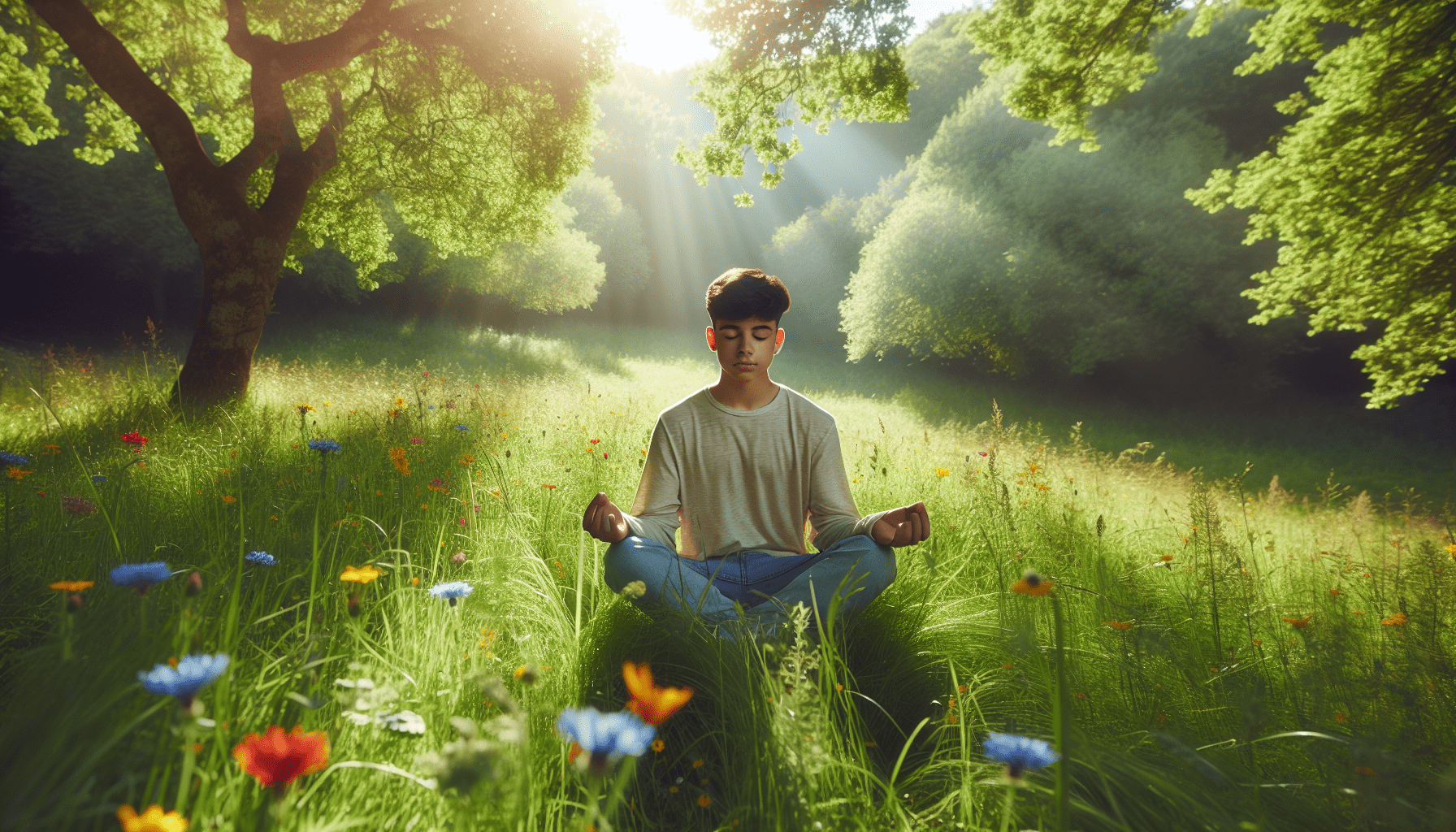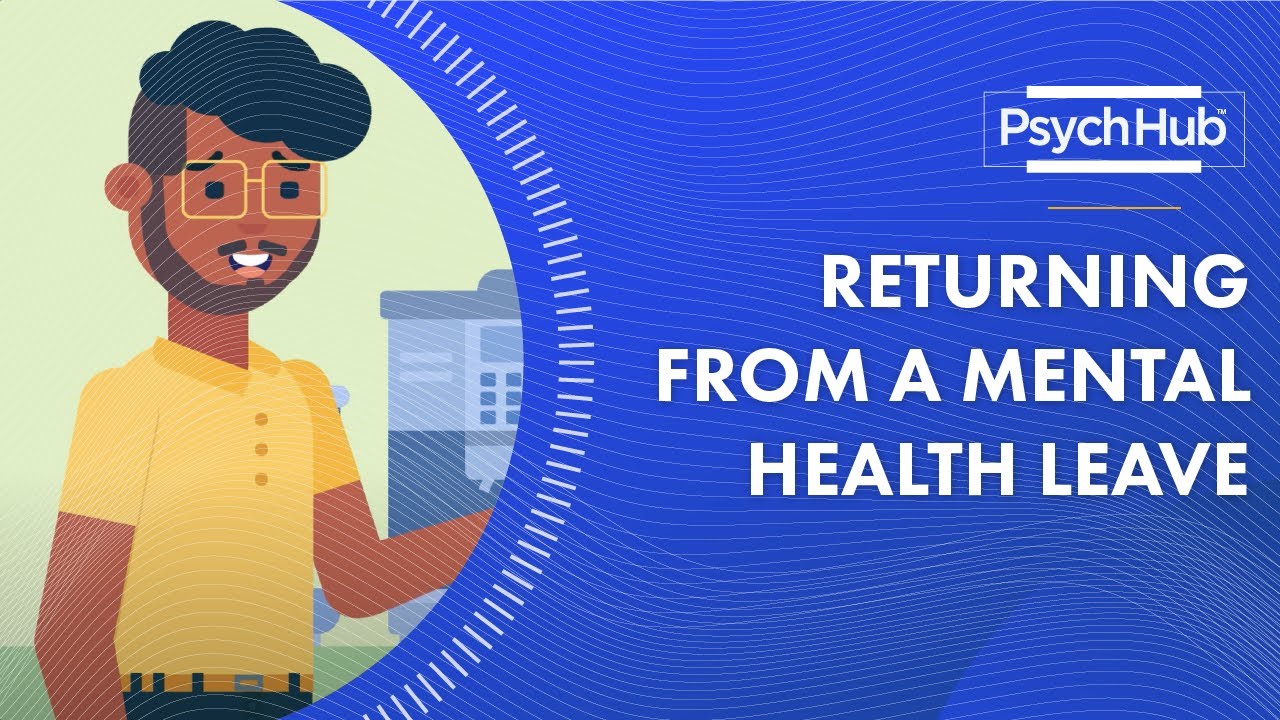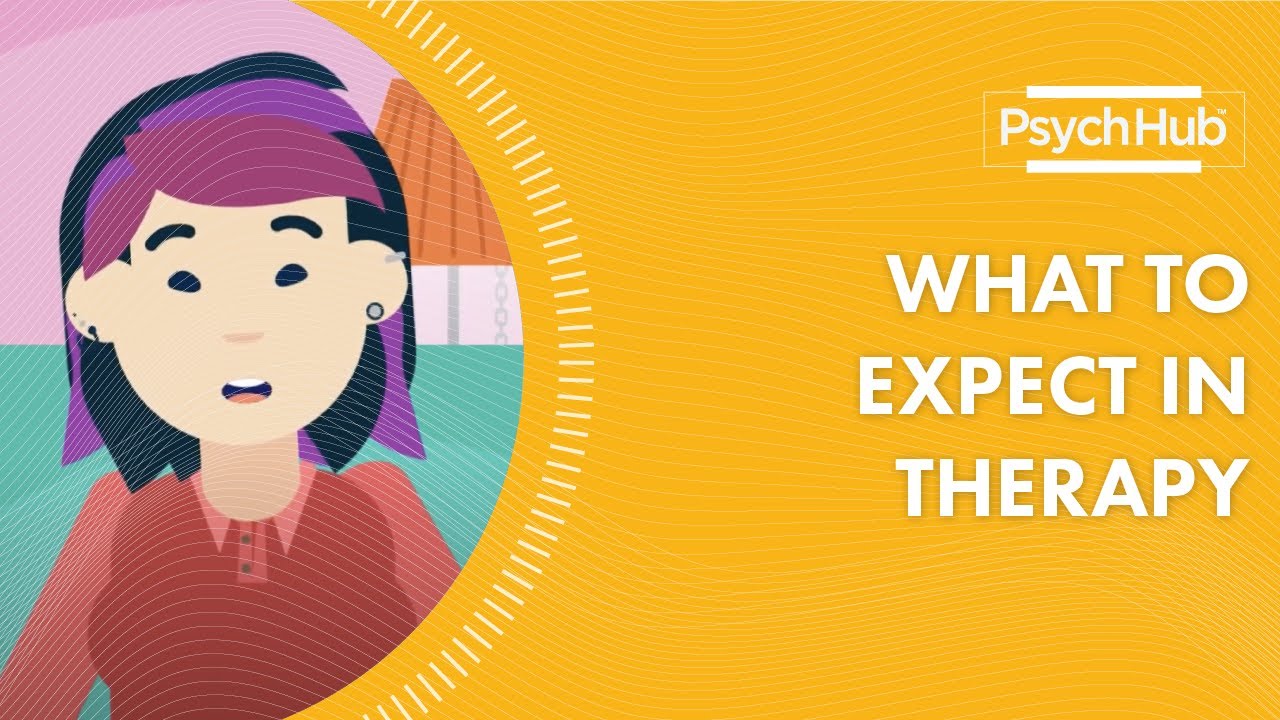Have you ever felt like the pressures of school, friendships, and future plans are just too overwhelming? You’re not alone. Between balancing homework, social media, and extracurricular activities, being a teenager can often feel like an emotional roller coaster. But here’s some good news: mindfulness practices can help you manage this stress, gain mental clarity, and achieve emotional balance. Below, we share five transformative mindfulness tips that can assist you in navigating life’s ups and downs.

The Myth of Multitasking
Why Multitasking Doesn’t Work
You might think you’re capable of juggling multiple tasks at once, like working on an assignment while checking your notifications. However, scientific studies indicate that the brain isn’t built for multitasking. Instead, it rapidly switches between tasks, which can lead to decreased efficiency and increased stress.
How to Focus on One Task at a Time
Focusing on a single task allows you to give it your full attention, thereby improving the quality of your work and reducing mental clutter. Start by setting specific blocks of time for each task and use tools like timers to keep you on track. Over time, you’ll find that single-tasking can make your day less stressful and more productive.
The Social Media Break
The Impact of Social Media on Mental Health
Social media can be a double-edged sword. While it offers a way to stay connected, it can also lead to feelings of inadequacy and anxiety by comparing your life to others. Regular engagement with social media magnifies these emotions, contributing to mental strain.
Benefits of Taking Breaks from Social Media
Taking time away from screens can be immensely beneficial. Schedule specific times where you’re completely off social media, and use this period to engage in real-world activities. This break from constant digital noise helps you reconnect with your own experiences and emotions, empowering you to shape a life that makes you happy.
The Power of Gratitude Journaling
What is Gratitude Journaling?
gratitude journaling involves writing down things you’re thankful for, no matter how small they may seem. This practice helps you direct your focus towards positive aspects of your life.
How to Start and Maintain a Gratitude Journal
Begin by setting aside a few minutes each day to jot down three things you are grateful for. It could be anything from a kind gesture from a friend to a beautiful sunset. Over time, this habit can help you develop a more positive outlook on life. Regular entries will become a mental repository of good experiences, aiding in reducing stress and increasing happiness.
Guided Meditations
Understanding Guided Meditations
Guided meditations are sessions where an instructor or an app leads you through a meditation practice. These sessions help you concentrate on your breathing, thoughts, and emotions, making it easier to achieve a state of mindfulness.
| Session Length | Ideal For |
|---|---|
| 5-10 minutes | Quick relaxation |
| 15-30 minutes | Deep stress relief |
| 30-45 minutes | Enhanced emotional and mental clarity |
How to Make Guided Meditations a Routine
Incorporate guided meditations into your daily routine by starting with short sessions and gradually increasing the length as you become more comfortable. Use meditation apps or online videos to find sessions that fit your schedule. The regular practice will help you improve concentration, reduce stress, and get a better sense of your emotional state.

Mindful Breathing Techniques
Why Mindful Breathing is Effective
mindful breathing is a potent technique that can be practiced anywhere and anytime. By focusing on your breath, you can lower your heart rate and bring yourself back to the present moment, thereby alleviating feelings of stress and anxiety.
How to Practice Mindful Breathing
When you feel overwhelmed, find a quiet place to sit or stand comfortably. Close your eyes and take a deep breath in through your nose, filling your lungs completely. Slowly exhale through your mouth, focusing on the sensation of your breath leaving your body. Repeat this process several times until you feel calmer and more centered.
Conclusion
By incorporating these five mindfulness practices into your daily life, you can start to manage stress more effectively and develop emotional resilience. Remember, it’s about starting small and finding what resonates best with you. Whether it’s the mental clarity gained from single-tasking, the emotional relief from a social media break, the positivity cultivated through gratitude journaling, the relaxation from guided meditations, or the calm achieved via mindful breathing, each method has the potential to make a significant impact on your well-being.




